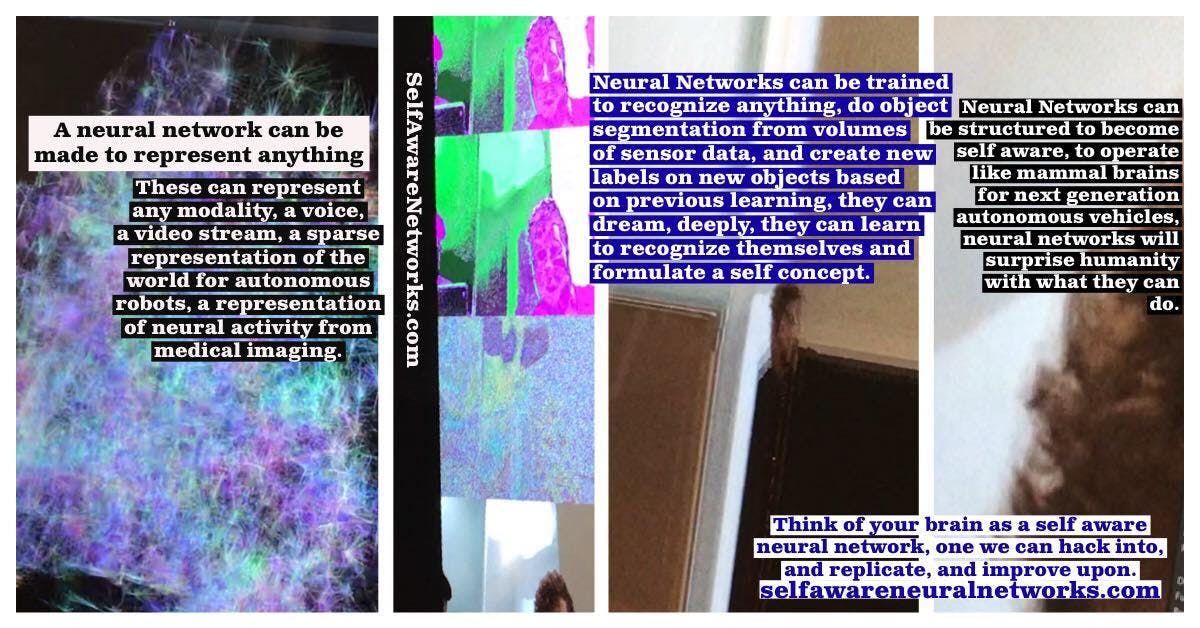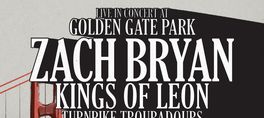Study WebXR for Brain Computer Interfaces: Study Group (NeurotechX WebXR + BCI) at Noisebridge with San Francisco Virtual Reality and NeurotechSF.Previously Neurotech SF VR was able to connect EEG with WebVR via the Brainduino EEG device, and Mozilla’s aframe.io Now that we have accomplished that milestone we are becoming a study group, to examine how to further use WebXR for Brain Computer Interfaces.Questions we want to answer as a group.How can we visualize biofeedback VR in 3D with WebXR?How can we integrate FFT Fast fourier transform? What else can we do to process the signals and creating amazing visual feedback in WebXR for VR headsets and AR phones/tablets.Lets spend some time learning to code WebXR.You can optionally bring your own stand alone vr headsets to test WebVR apps with. (like Oculus Go or Mirage Solo or Vive Focus for example) and your own laptop to develop your own WebXR application, and you can test your webXR application with our Brainduino and our Oculus Go if you like.Watch the Neural Lace Podcast to get on track with the vision for this: Neural Lace Podcast Season 2 Episode 1 NeuroTechX and OpenEIT https://youtu.be/aexQwTpOwYc with Jean RintoulNew! If you really want to be up to date also watch the Neural Lace Podcast S2 E2 with Jules Urbach https://youtu.be/yMsaNsqzjFQThe local objective of the NeurotechSF & San Francisco Virtual Reality meetups is currently to merge Brain Computer Interfaces with XR (XR is a single API that does both Augmented Reality + Virtual Reality) and AR VR headset and combine these with Machine Learning (Deep Learning Artificial Intelligence) and possibly also create 3D point clouds of data from medical imaging and 3D point clouds of data around a participant, and do correlations between BCI data and environment data, that can include virtual environment data. We also want to create next generation biofeedback data visualizations and next generation user interfaces that predict users intention and emotion at the interface of AR and VR with the biofeedback and machine learning.Our upcoming goals include1. Broadcasting our html page to the open web, with the webvr & the brainduino EEG live stream going into the open web so we can access it from inside the Oculus Go.1a some thoughts are that we could rewrite the server code in python, or node.js, or in the Go programming language)2. Migrate from aframe WebVR to the new WebXR protocol, and form a study group to study the WebXR API together so we can learn as a group how to use it effectively.3. Build or integrate FFT (Fast Fourier Tranform) into the pipeline between the Brainduino and WebXR. So we can get the component waves, Alpha, Beta, Theta, Delta, and Gamma from the brainduino and display them in VR, and or at least create visualizations from the component waveforms.4. Formulate a study group to will explore how to send data into Tensor Flow (Deep Learning) via Keras and how to receive the output back into WebXR.Previous Progress: We made significant progress at the July 29th, 2018 meetup: We were able to cause voltages from the skin to move objects in WebVR. Watch the video that explains the recent progress we made in our Sunday July 29th meetup. https://www.facebook.com/worksalt/videos/2332211350138832/Be excellent to each other: Assume everyone else could be more knowledgeable about WebXR or 3D technology than you are. Never assume that women or other minorities or anyone else knows less than you about any topic! Assume you are among the best and brightest in the world, because the best and brightest in the world actually do come to the Noisebridge Hackerspace, NeurotechSF meetups, and SF VR meetups regularly.
show less
Study WebXR for Brain Computer Interfaces: Study Group (NeurotechX WebXR + BCI) at Noisebridge with San Francisco Virtual Reality and NeurotechSF.Previously Neurotech SF VR was able to connect EEG with WebVR via the Brainduino EEG device, and Mozilla’s aframe.io Now that we have accomplished that milestone we are becoming a study group, to examine how to further use WebXR for Brain Computer Interfaces.Questions we want to answer as a group.How can we visualize biofeedback VR in 3D with WebXR?How can we integrate FFT Fast fourier transform? What else can we do to process the signals and creating amazing visual feedback in WebXR for VR headsets and AR phones/tablets.Lets spend some time learning to code WebXR.You can optionally bring your own stand alone vr headsets to test WebVR apps with. (like Oculus Go or Mirage Solo or Vive Focus for example) and your own laptop to develop your own WebXR application, and you can test your webXR application with our Brainduino and our Oculus Go if you like.Watch the Neural Lace Podcast to get on track with the vision for this: Neural Lace Podcast Season 2 Episode 1 NeuroTechX and OpenEIT https://youtu.be/aexQwTpOwYc with Jean RintoulNew! If you really want to be up to date also watch the Neural Lace Podcast S2 E2 with Jules Urbach https://youtu.be/yMsaNsqzjFQThe local objective of the NeurotechSF & San Francisco Virtual Reality meetups is currently to merge Brain Computer Interfaces with XR (XR is a single API that does both Augmented Reality + Virtual Reality) and AR VR headset and combine these with Machine Learning (Deep Learning Artificial Intelligence) and possibly also create 3D point clouds of data from medical imaging and 3D point clouds of data around a participant, and do correlations between BCI data and environment data, that can include virtual environment data. We also want to create next generation biofeedback data visualizations and next generation user interfaces that predict users intention and emotion at the interface of AR and VR with the biofeedback and machine learning.Our upcoming goals include1. Broadcasting our html page to the open web, with the webvr & the brainduino EEG live stream going into the open web so we can access it from inside the Oculus Go.1a some thoughts are that we could rewrite the server code in python, or node.js, or in the Go programming language)2. Migrate from aframe WebVR to the new WebXR protocol, and form a study group to study the WebXR API together so we can learn as a group how to use it effectively.3. Build or integrate FFT (Fast Fourier Tranform) into the pipeline between the Brainduino and WebXR. So we can get the component waves, Alpha, Beta, Theta, Delta, and Gamma from the brainduino and display them in VR, and or at least create visualizations from the component waveforms.4. Formulate a study group to will explore how to send data into Tensor Flow (Deep Learning) via Keras and how to receive the output back into WebXR.Previous Progress: We made significant progress at the July 29th, 2018 meetup: We were able to cause voltages from the skin to move objects in WebVR. Watch the video that explains the recent progress we made in our Sunday July 29th meetup. https://www.facebook.com/worksalt/videos/2332211350138832/Be excellent to each other: Assume everyone else could be more knowledgeable about WebXR or 3D technology than you are. Never assume that women or other minorities or anyone else knows less than you about any topic! Assume you are among the best and brightest in the world, because the best and brightest in the world actually do come to the Noisebridge Hackerspace, NeurotechSF meetups, and SF VR meetups regularly.
read more
show less
Date/Times:
2169 Mission Street, San Francisco, CA 94103
The Best Events
Every Week in Your Inbox
From Our Sponsors
UPCOMING EVENTS
Great suggestion! We'll be in touch.
Event reviewed successfully.









